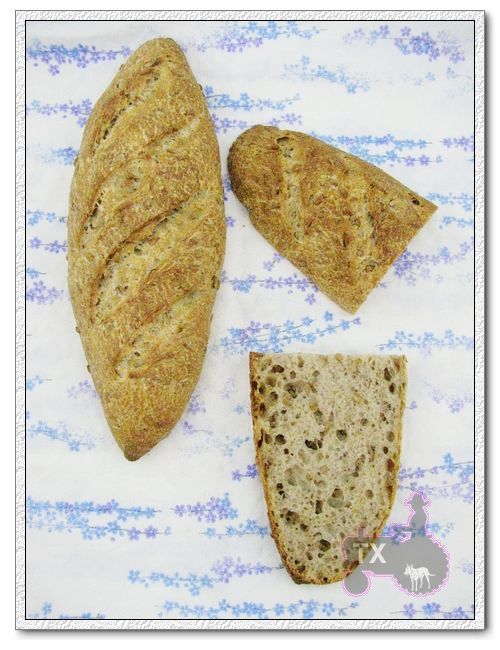Sourdough Challah - in the shape of Hungarian Celebration Loaf

It's from "A Blessing of Bread", and many TFLers here have tried it with great success, I will just list the following two here (recipe can be found there too):
http://www.thefreshloaf.com/node/14803/sourdough-challah-quota-blessing-breadquot
- Log in or register to post comments
- 8 comments
- View post
- txfarmer's Blog








